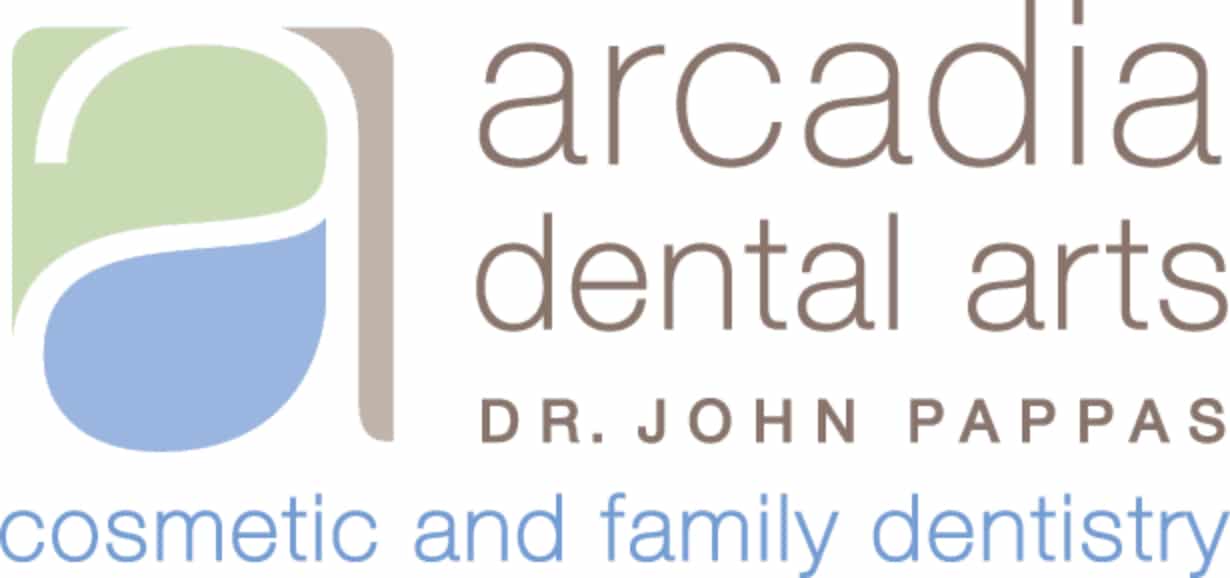Disney Research and ETH Zurich, a STEM university located in Switzerland, have made a breakthrough in the world of CGI. Computer-generated imagery is used in creating characters and entire worlds in video games, movies, television, commercials, videos and more.
In CGI, the human face is one area audiences pay close attention to in regards to realistic representations. It can make or break the feelings and looks the artists and directors are trying to convey in films or video games. Giving a digital character human characteristics is hard enough when it comes to large, completely observable areas of the body such as limbs. However, features like eyes and teeth aren’t even completely visible at all times and have always created quite a challenge.
Now, thanks to Disney Research and ETH Zurich, something as simple as a smartphone camera can create a 3D model of someone’s teeth based on photos or videos. After using 86 scans to create an average model of teeth, the researchers wrote an algorithm that can take the photo or video of the individual and create a digital model of their mouth. They don’t even have to open extra wide or do anything other than smile or grimace. The software then fills in the gaps of what it can’t see using boundaries for tooth-to-tooth, tooth-to-gum and tooth-to-lip contours. It even color matches the teeth to give the model a completely realistic look.
Dr. John Pappas, DDS, cosmetic and family dentist, uses digital photography and scans of the face and teeth in his practice in Phoenix, Arizona when planning cosmetic procedures and for patient communication and education. He says,
“A 3D impression of a patient’s mouth is invaluable in dentistry. Things like dentures, which are hard to fit properly due to the unique nature of each person’s mouth, have the potential to become more life-like than ever and fit like a glove. It also allows us an even closer look at each area of the mouth. This helps us to identify problems in their earliest stages, and patients can feel at ease knowing the exam was more comprehensive than ever possible in the past.”
Here are a few ways these kinds of 3D scans are helping bring dentistry to new, more advanced levels:
-Precisely determine where nerves are located, along with the position and orientation of each individual tooth
-Establish the density of the jaw bone and, in turn, the best placement for implants
-Accurate 3D Models can help a dental professional plan an entire surgical procedure from start to finish in advance
Pappas says,
“Our smiles are one of our biggest assets. They’re also the most frustrating when things go wrong because it’s hard to hide. Taking chances in dental care isn’t worth it. The technology behind 3D imaging allows dental professionals the ability to foresee any issues that may arise before the procedures are even performed, increasing the chance for seamless solutions.”
Disney’s dedicated research in this area makes sense. Walt Disney rose to fame in part because of his groundbreaking work with animation. He gave personality and movement to animated characters in ways that had never been done before. As his animated movies became more and more successful, he turned to live action films and eventually to integrating animation into live action films. This, in a way, opened the door for a whole new world of animation. Disney’s Toy Story was the first full-length CGI animated movie in 1995 and from there creating a realistic, animated world became the life pursuit of many artists and creators all over the world.
In the past, imaging software like this required extensive equipment and costs. Thanks to this groundbreaking research, the benefits of this technology can be offered to more people at a more affordable cost. Dental professionals might be able to create more natural looking, comfortable dentures for patients in the future. Implants will likely be placed with higher success rates than ever thanks to bone density readings and procedures will be planned to the last detail before the patient even arrives for the surgery. Every day, technology grows in ways that help people all around the world. It’s exciting to think about the future of medicine and dental care as it relates to the patient experience as time goes on.


